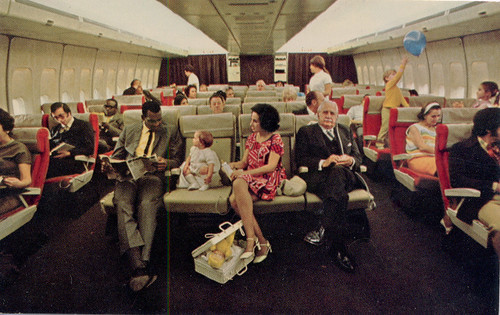 Falls Church News Press; At $3.71 a gallon, jet fuel is now the single largest expense an airline faces.
Falls Church News Press; At $3.71 a gallon, jet fuel is now the single largest expense an airline faces.In 2000, the airlines fuel bill was $14 billion. It is now pushing $60 billion and climbing. Southwest, the most profitable carrier, recently announced that this year’s fuel bill will be $500 million more than last year and equal to 2007 profits. During the first quarter of 2008 American airlines lost $328 million; Delta lost $274 million; United lost $537 million; Continental $80 million; Northwest $191 million; and US Airways $236 million. Only Southwest Airlines, which did a better job of hedging its fuel than the others, made a profit.
It is clear we are going to see major changes in air travel shortly. While the demise of inexpensive discretionary air travel has ramifications for many industries, in the first instance tourism is likely to be hit the hardest.
Ignoring for the minute the likely effects of $4 or $5 gasoline in California this summer, Las Vegas reports that nearly half of its tourists arrive by air. To make matters worse, resort operators have recently spent billions upgrading their facilities to the $300 a night places that are less likely to attract drive up customers. The same pattern can be repeated at air-dependent tourist attractions all over the world.
There is still a remarkable amount of denial in the airline business. In any case, the day of the ubiquitous kerosene-powered jet transport which revolutionized travel for many of us in the second half of the 20th century is likely to be shorter than most realize.


0 comments:
Post a Comment